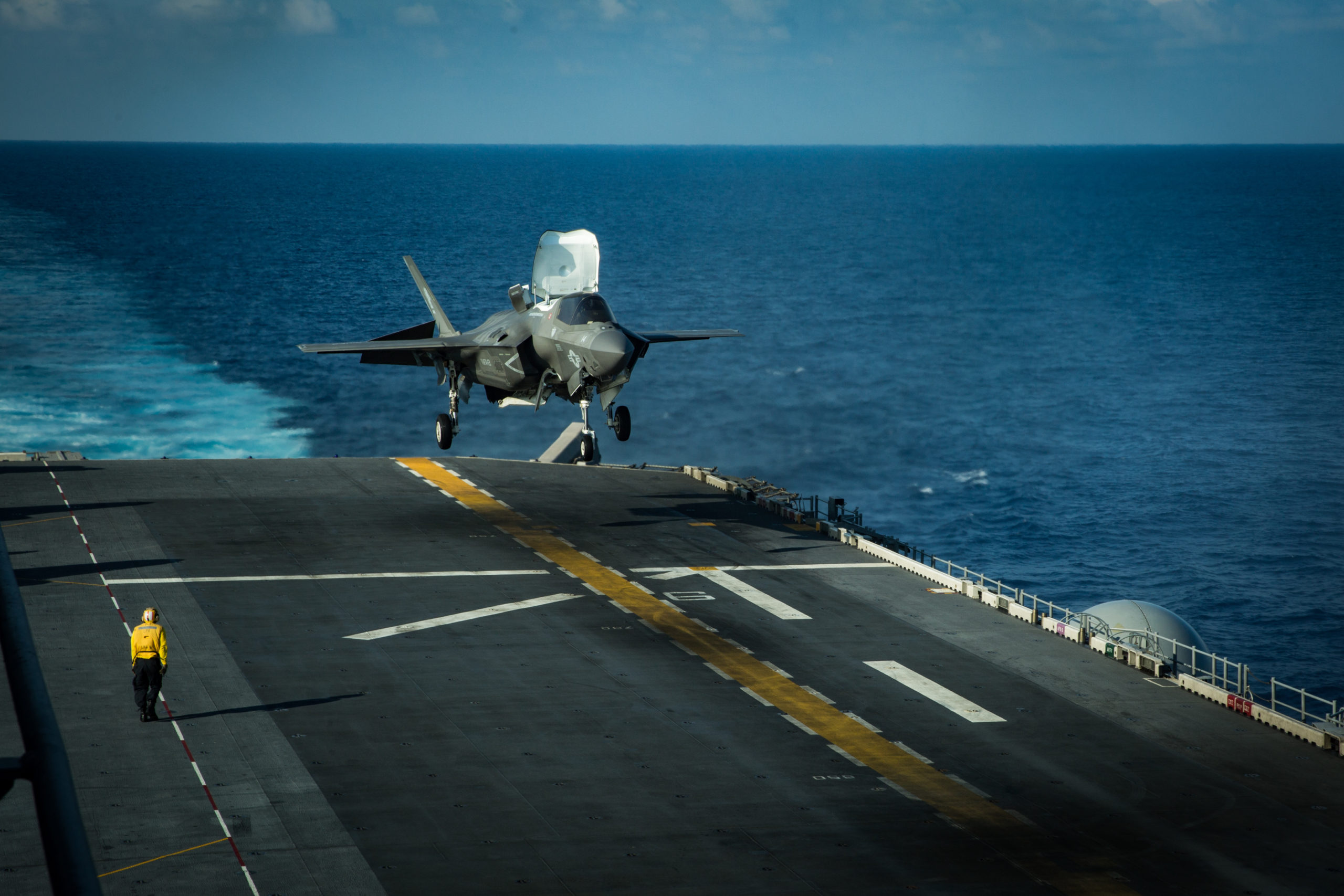A Different Slant on Manned-Unmanned Teaming: What Effect do You Want to Achieve?
During my recent visit to Australia to support the 27 September 2023 Williams Foundation Seminar, I had a chance to discuss maritime autonomous systems with Richard Dunley. Dr Richard Dunley is a Senior Lecturer in history in the School of Humanities and Social Sciences (HASS), UNSW Canberra and a naval analyst and historian.
This was my second meeting with Dunley, and this one provided a chance to get his perspective on the impact of the coming of maritime autonomous systems on maritime missions. We focused specifically on the important question of the signaling function within naval diplomacy and deterrence.
In a March 2023 article entitled “uncrewed naval vessels and the span of maritime tasks,” Dr. Dunley underscored the point that these vessels are not replacements for manned assets but complimentary to them. The article abstract reads as follows:
“Uncrewed vessels are increasingly being presented as the future of naval capability. Across the globe navies are turning to autonomous systems, and increasingly large uncrewed surface vessels (USVs) as potential solutions to their budgetary and personnel problems. There has been detailed academic discussion of the technical and legal challenges presented by uncrewed vessels, whilst policymakers, particularly in the United States have debated how they should fit into a war fighting concept of operations.
“What has been largely ignored has been the question of what impact the adoption of uncrewed vessels will have on the ability of navies to carry out the broad spectrum of their functions. Drawing off the Span of Maritime Tasks set out in Australian Maritime Doctrine, this article focuses on the key peacetime functions of navies, the diplomatic and the constabulary, and highlights the problems that might arise from a growth in the use of uncrewed vessels and autonomous systems.
“In doing so it challenges the widely accepted narrative that uncrewed platforms will allow navies to do more with less, demonstrating that if navies wish to maintain their capabilities across the full spectrum of operations they will have to treat uncrewed vessels as complementary to, and not a replacement for, crewed ones.”
What we discussed was the question of how one might use uncrewed vessels in conjunction with manned ones as part of deterrent signalling.
The use of USVs, for example, for ISR missions in an area of interest can clearly be used for deterrence by detection.
But to go the next step namely, to indicate that the nation is then willing to up the escalation ladder, he argued that the use of a manned asset was necessary. Or put another way, one can conceive of manned-unmanned teaming in terms of roles within an escalation ladder and not simply in terms of a manned asset working with an uncrewed one.
By taking a broader perspective in terms of naval diplomacy, one begins to focus on how to use uncrewed systems as part of the concept of operations for deterrence as well.
He argued: “We tend to view the impact of the use of a manned warship differently from an unmanned one. There is something about warships and the symbolism that goes along with them even down to considerations of naming conventions. What carrier did they sail through the Taiwan Straits in 1995, the USS independence. Surely that says something at that moment in time, or having the USS America operate in the South China Sea sends signals which are deeply connected with the symbolism of warships.”
But clearly uncrewed vessels can be part of the signalling process but not to replace the impact of deploying the manned warships and also allows one to craft other options from a diplomatic point of view. The sharing of ISR information which can clearly be facilitated in the South China sea area among Vietnam and the Philippines can clearly be part of deterrence by detection and a key part of the growing importance and impact of information war.
Western states could craft a more effective ISR sharing enterprise by using common payloads across as USV fleet, for example, to expand the capabilities available to the “information deterrence” coalition so to speak.
But this this poses the question of the relationship of such activities to what is the next step.
And that brings you to Dunley’s key point, that the deployment then of manned warships has a different meaning but then that raises the question of how to understand the relationship of uncrewed with crewed operations sequentially and then in common from a deterrent point of view?
In short, the coming of maritime autonomous systems poses challenges not just from the standpoint of concepts of operations but in terms of how crewed vessels work with uncrewed ones to shape deterrent options.
Featured Photo: SOUTH CHINA SEA (April 18, 2020) An F-35B Lightning II fighter aircraft with Marine Medium Tiltrotor Squadron (VMM) 265 (Reinforced), 31st Marine Expeditionary Unit (MEU), lands on the flight deck of amphibious assault ship USS America (LHA 6) during flight operations. Credit: 31st MEU

